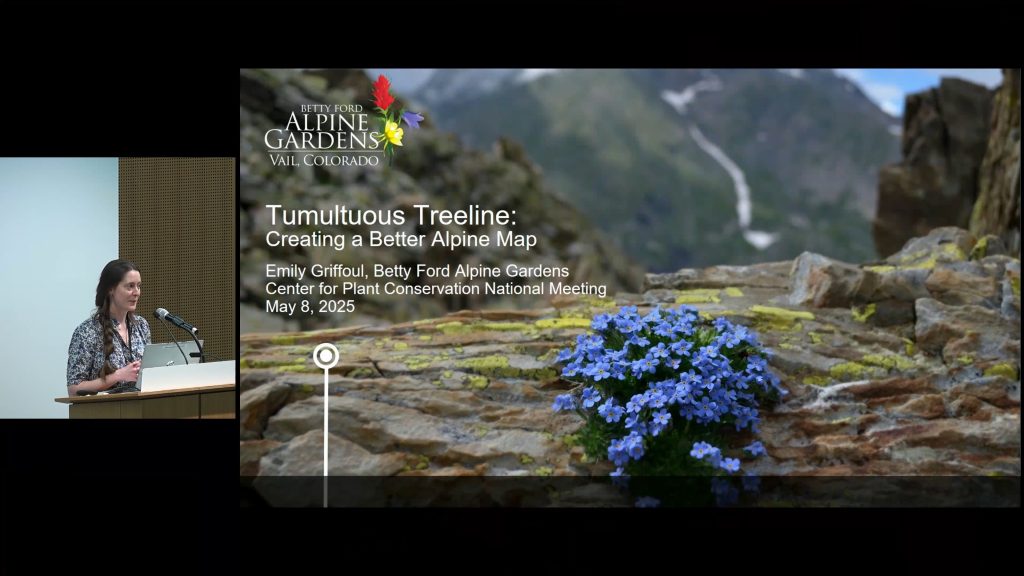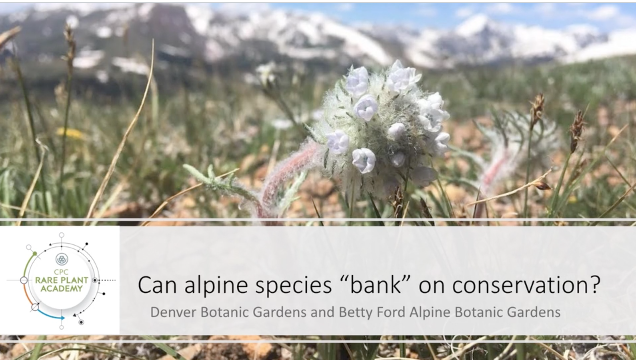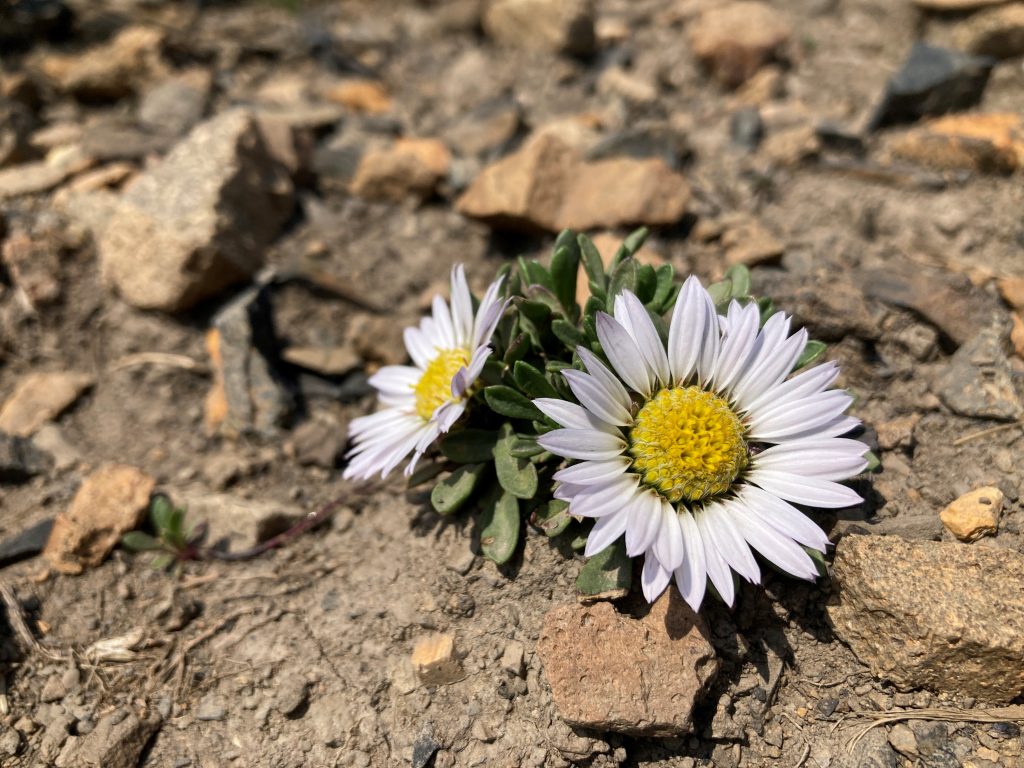
Broadly defined, the alpine zone is the area above treeline and below permanent snow. However, the alpine in practice is more difficult to pin down. While temperature is understood to be the leading factor in the transition to treelessness, the alpine paradoxically resists traditional mapping efforts, with many classification attempts excluding smaller alpine areas, such […]
Read More…

Climate change threatens plant biodiversity worldwide. Alpine plant species are particularly vulnerable to climate change, as temperature fluctuations are projected to be most severe in high elevation areas. Even small shifts in climate can have major consequences on phenology, reproduction, fitness, and community composition. Early life stages (seed germination and seedling survival) are arguably the […]
Read More…

Alexandra Seglias (Denver Botanic Gardens), Nicola Ripley (Betty Ford Alpine Gardens), Brittany Roberts Marshall (Betty Ford Alpine Gardens) Alpine ecosystems are particularly vulnerable to climate change. The Denver Botanic Gardens are seeking to protect rare species from these regions, banking seeds from multiple Alpine populations by maternal line. However, collecting seed from these remote areas […]
Read More…

Jennifer Ramp Neale, Denver Botanic Gardens Alpine plants are at risk of population decline and/or extinction due to climate change. Understanding these plants and the environments in which they survive and thrive involves a multi-tiered approach including in-situ and ex-situ efforts. At Denver Botanic Gardens we are working to collect and study seed of alpine […]
Read More…





